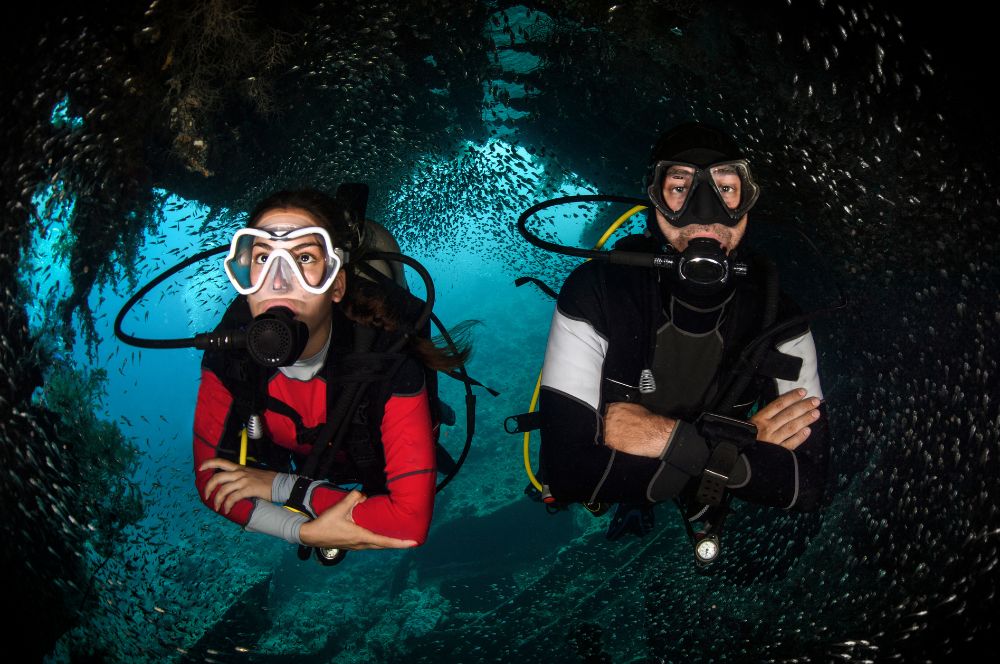You have 0 product(s) in your cart.
Abyss Scuba Diving
Buoyancy Control: The Secret Ingredient To A Successful Dive
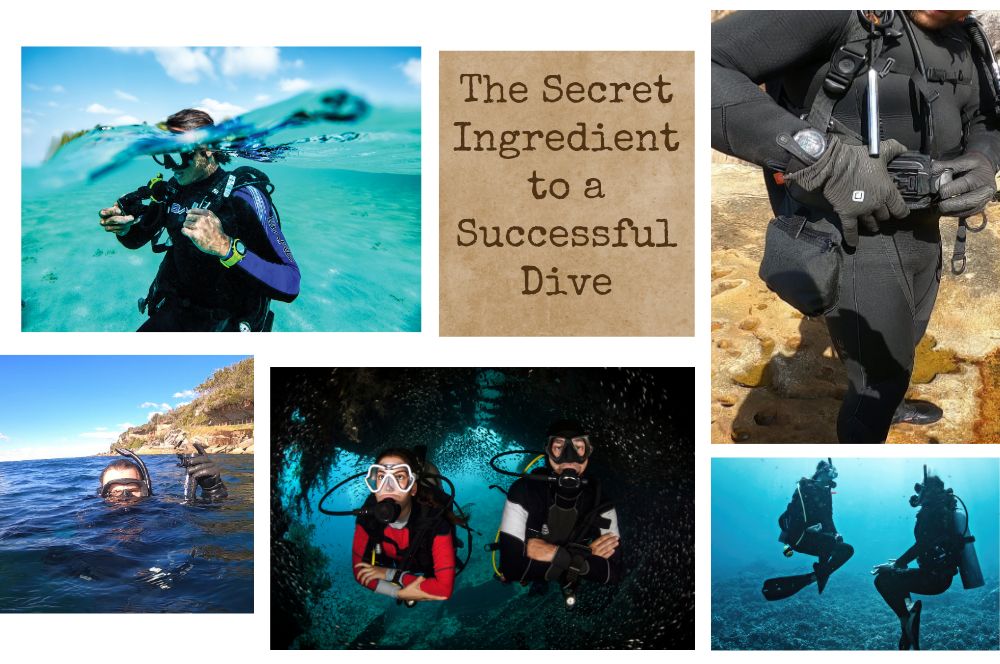
Buoyancy Control: The Secret Ingredient to a Successful Dive
Imagine gliding effortlessly through the underwater world, maintaining perfect buoyancy while observing the vibrant marine life. This dream can become a reality when you master the art of buoyancy control in scuba diving. In this comprehensive guide, we'll explore the science of buoyancy, the fundamentals of buoyancy control, and advanced techniques to help you achieve a successful dive every time.
Short Summary
-
Buoyancy control is essential for successful and safe scuba diving, involving mastering breath control and equipment usage.
-
Neutral buoyancy is achieved by adjusting air levels in the BCD to find balance in the water.
-
Advanced techniques such as hovering and fin pivots can help divers improve buoyancy control, air consumption, and dive safety.
The Science of Buoyancy
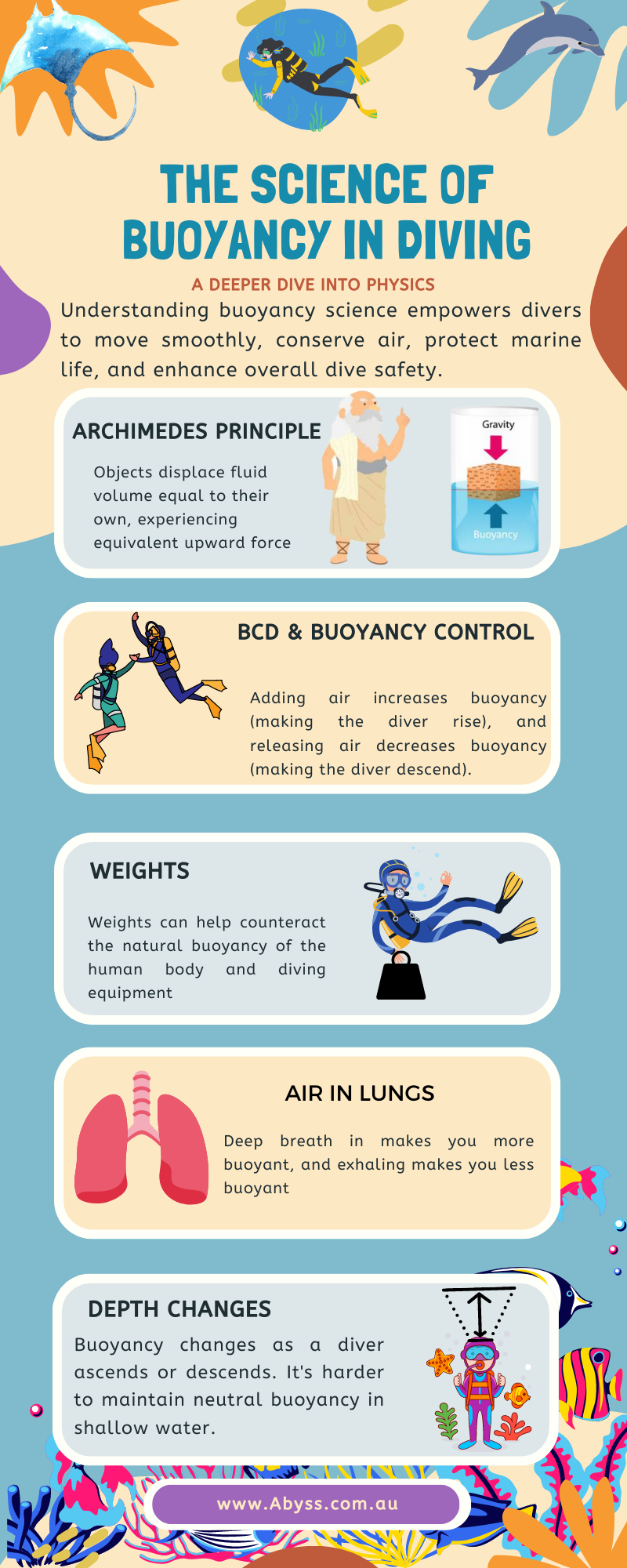
A core principle in scuba diving is understanding buoyancy. Buoyancy is the upward force an object experiences when immersed in a fluid. To be a successful scuba diver, you need to achieve neutral buoyancy, wherein your body and dive gear neither sink nor float.
This delicate balance allows you to move with ease and grace, conserving air and protecting the marine environment.
Basic explanation of the principle of buoyancy.
The principle of buoyancy, or Archimedes' principle, states that the buoyant force acting on an object submerged in a fluid is equivalent to the weight of the fluid displaced by the object. In scuba diving, this principle helps divers establish neutral buoyancy, enabling them to regulate their position in the water and maintain control over their ascent, descent, and depth during a dive.
How it applies to scuba diving.
One of the crucial elements that influence buoyancy in scuba diving is breath control. As scuba divers breathe in and out, their lung volume changes, causing fluctuations in buoyancy.
Mastering the frog kick, a symmetrical finning technique, can also improve buoyancy control and protect the delicate marine environment. Achieving half its surface buoyancy is the goal for optimal control during a dive.
The Fundamentals of Buoyancy Control
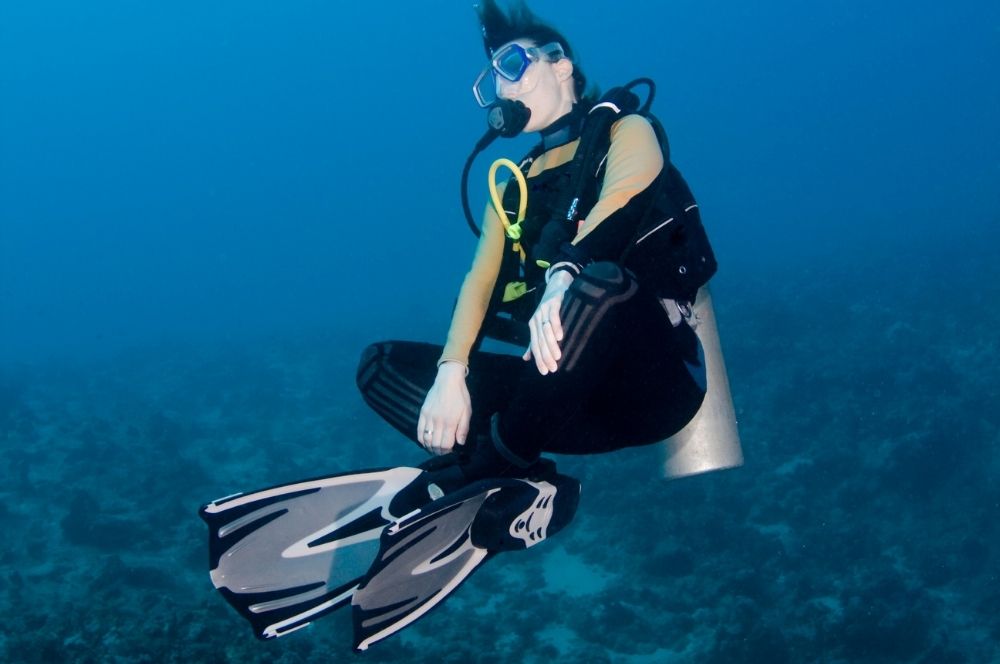
Buoyancy control is the foundation of a safe and enjoyable diving experience. It affects air consumption, water resistance, and energy expenditure. By maintaining good buoyancy control, you can conserve air even when diving with a nearly empty tank.
Equipment such as the buoyancy compensator device (BCD) and ballast weight, along with breath control, play a vital role in achieving neutral buoyancy.
Understanding Neutral Buoyancy
Neutral buoyancy is the state in which a diver neither sinks nor floats, allowing them to maintain a balanced position in the water. Achieving established neutral buoyancy is essential for a successful dive, as it allows divers to maintain control and stability underwater, making them neutrally buoyant.
To establish neutral buoyancy, you must empty your BCD when you descend and add small amounts of air as needed at your desired depth.
The Role of Equipment in Buoyancy Control
Dive gear such as the BCD, exposure suit, and ballast weight play a crucial role in maintaining buoyancy control. As you descend, the pressure increases, causing your exposure suit to compress and lose buoyancy. This necessitates adding air to your BCD to maintain neutral buoyancy.
Conversely, as you ascend, the pressure decreases, causing trapped air in your BCD and exposure suit to expand, requiring you to release air from your BCD.
The Connection Between Buoyancy and Dive Safety
Proper buoyancy control is crucial for dive safety. It enables divers to stay in command of their descent and ascent, as well as maintain a comfortable depth. This helps ensure that divers remain safe and can avoid potential risks, even when diving with a nearly empty tank.
Good buoyancy control also prevents uncontrolled ascents, which could lead to decompression sickness or other dive-related injuries. Achieving perfect buoyancy control is essential for a safe and enjoyable diving experience, and mastering scuba diving buoyancy control is a crucial skill for every diver.
The Connection Between Buoyancy and Air Consumption
Air consumption is directly affected by buoyancy control. Holding one's breath or breathing too quickly can result in increased air consumption, while deep and slow breathing can help conserve air. In fact, taking in too much air can negatively impact your air consumption rate.
Proper buoyancy control can also minimize the amount of air expended during a dive by reducing water resistance and energy expenditure. In short, maintaining good buoyancy control is essential for conserving air and ensuring a successful dive.
Perfecting Your Weighting System
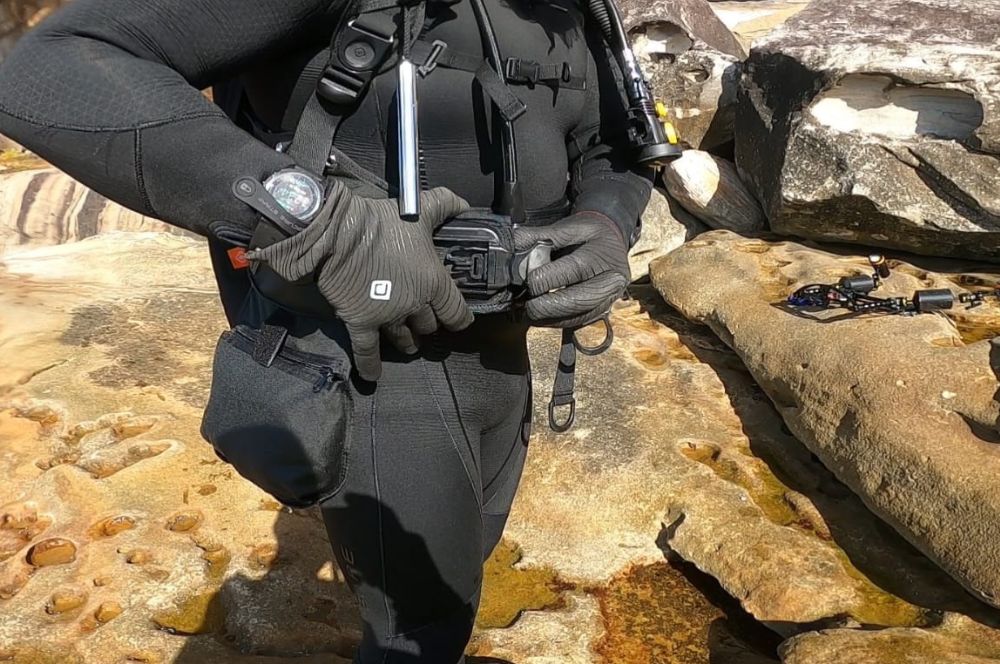
A well-tuned weighting system is key to achieving optimal buoyancy control. It helps divers determine the correct amount of weight, distribute weights for optimal balance, and adjust weights for different dive conditions.
By understanding the role of equipment in buoyancy control and practising in shallow water, you can develop a more refined and effective weighting system for your dives.
Determining the Correct Amount of Weight
Check the correct amount of weight while diving. Wear all your equipment and enter water too deep to stand up in. Remain vertical and motionless, adjusting the weight until you float around your eye level with an empty BCD. Ensure that you are holding a 'normal' breath of air.
Conducting a buoyancy check before each dive can help you ensure that you are properly weighted, allowing you to maintain neutral buoyancy throughout the dive.
Distribution of Weights for Optimal Balance
Achieving optimal balance requires strategic weight placement. Most of the weight should be allocated to the belt or integrated weights, with additional weights distributed along the suspenders (harness) or placed around the tank strap to address sinking legs.
Ankle weights can be used to address floaty feet, particularly when using a dry suit. Combining weight belts and weight pockets can create an even distribution of weight across the body.
Adjusting Weights for Different Dive Conditions
Dive conditions can vary greatly, making it necessary to adjust your weighting system accordingly. To ensure proper weighting with a full cylinder, it is recommended to add 5 pounds.
Documenting the weights used for each dive can provide a helpful reference when diving in a new location, allowing you to quickly adapt to different water conditions and maintain optimal buoyancy control.
Mastering BCD Usage
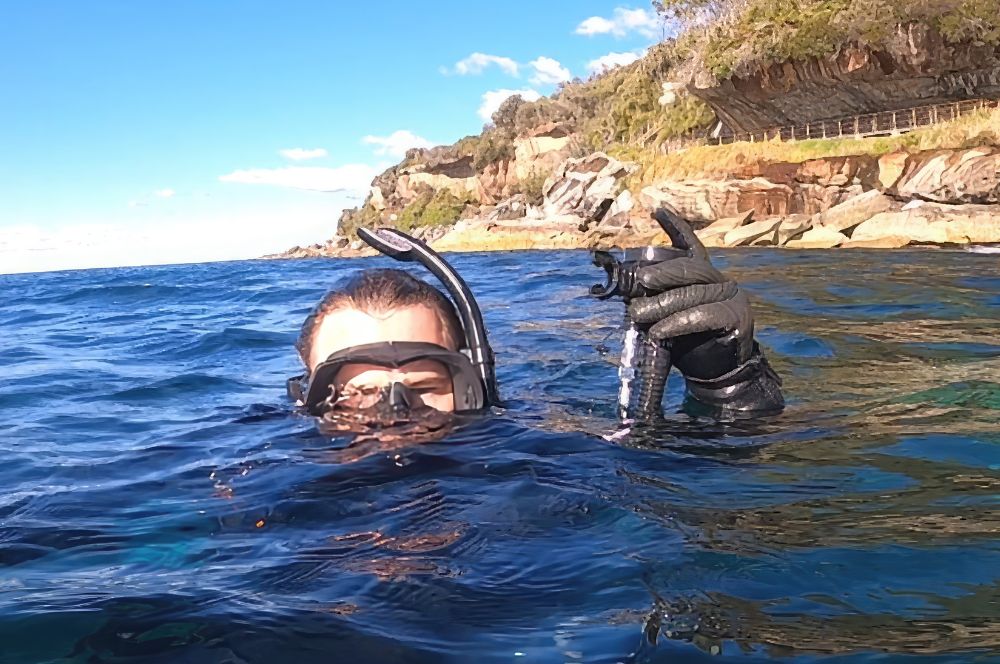
The buoyancy compensator device (BCD) is an essential tool for scuba divers to adjust buoyancy levels while underwater. To master BCD usage, it's important to understand inflation and deflation techniques and how to monitor and adjust the BCD during a dive.
Proper BCD usage helps divers maintain the correct neutral and positive buoyancy necessary for safe and successful dives.
Inflation and Deflation Techniques
Inflation and deflation techniques refer to the methods used to manage buoyancy in scuba diving. Inflation involves introducing air to the BCD to increase buoyancy, while deflation involves removing air from the BCD to decrease buoyancy.
To inflate, press the inflation button or use the oral inflator; to deflate, activate the inflation button or use the oral inflator. Mastering these techniques is crucial for improved buoyancy control, increased dive safety, and decreased air consumption.
Monitoring and Adjusting BCD During a Dive
To maintain neutral buoyancy throughout a dive, monitoring and adjusting your BCD by adding air during descent and releasing air during ascent is essential. As you descend, the pressure increases, causing your exposure suit to compress and lose buoyancy, necessitating the addition of air to your BCD.
Conversely, as you ascend, the pressure decreases, causing trapped air in your BCD and exposure suit to expand, requiring you to release air from your BCD.
Fine-Tuning Breath Control
Breath control plays a vital role in scuba diving, allowing divers to adjust buoyancy using their lungs as a natural buoyancy compensator. By mastering breathing patterns for buoyancy adjustment and understanding the impact of breath control on air consumption, divers can conserve air and maintain optimal buoyancy throughout their dive.
Practising breath control drills can further enhance a diver's ability to control their buoyancy, resulting in a safer and more enjoyable diving experience.
Breathing Patterns for Buoyancy Adjustment
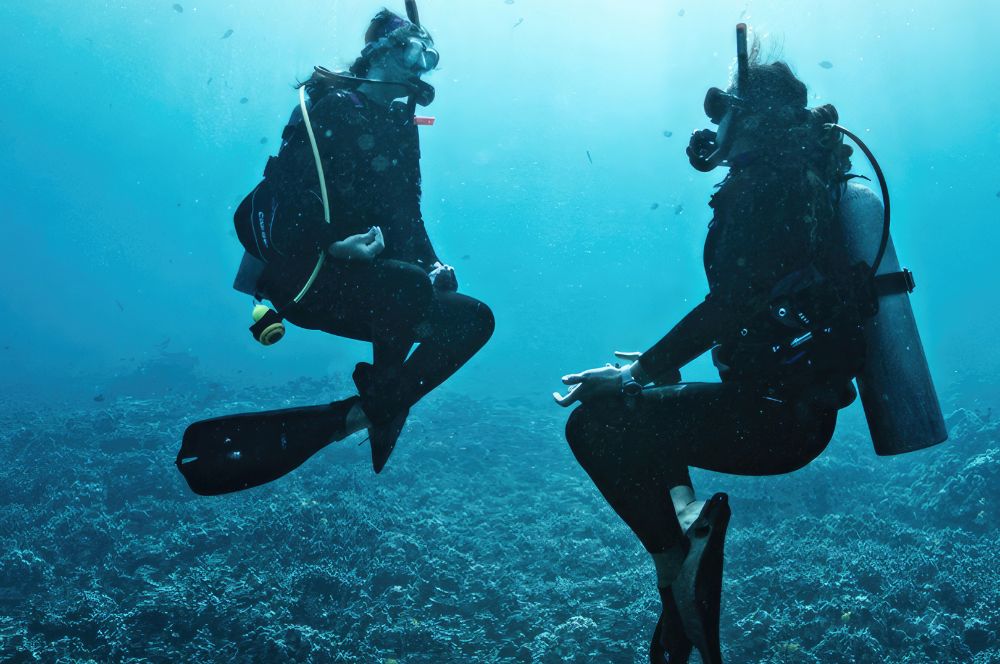
Varying breathing patterns can be utilized to facilitate buoyancy adjustment. By inhaling and exhaling small amounts of air, divers can fine-tune their buoyancy within a range of approximately one pound.
Slow, deep breathing and relaxation are essential for effective buoyancy control, helping divers maintain a steady depth and conserve air during their dive.
The Impact of Breath Control on Air Consumption
Breath control can greatly impact air consumption during a dive. Holding one's breath or breathing too quickly can increase air consumption, while deep and slow breathing can help conserve air.
By maintaining proper buoyancy control and practising effective breath control techniques, divers can minimize the amount of air expended during a dive, allowing them to stay underwater for longer periods of time.
Practising Breath Control Drills
Breath control drills are exercises designed to improve a diver's ability to hold their breath and regulate their breathing while diving. These drills typically involve diaphragmatic breathing, breath-hold exercises, and lying-down exercises to enhance breathing control.
Regular practice of breath control drills can lead to enhanced air consumption, improved buoyancy control, and increased dive safety.
Achieving Optimal Trim
Achieving optimal trim is essential for maintaining neutral buoyancy, conserving air, and protecting the marine environment during a dive. Trim refers to the posture of a diver's body when it is in a state of equilibrium and motionless in the aquatic environment.
By mastering body positioning and movement and weight placement for improved trim, divers can maintain a balanced position in the water and optimize their diving experience.
Body Positioning and Movement
Proper body positioning and movement play a vital role in achieving optimal trim. To maintain a horizontal position in the water, ensure your kicks propel you forward rather than upward or downward.
This horizontal orientation, with your head forward and knees slightly bent, allows you to maintain neutral buoyancy and conserve air while diving.
Weight Placement for Improved Trim
Strategic weight placement is essential for improving trim and maintaining neutral buoyancy. Most of the weight should be allocated to the belt or integrated weights, with additional weights distributed along the suspenders (harness) or placed around the tank strap to address sinking legs.
Ankle weights can be used to address floaty feet, particularly when using a drysuit. Combining weight belts and weight pockets can create an even distribution of weight across the body, ensuring optimal trim and a successful dive.
Overcoming Common Buoyancy Challenges
Divers often encounter buoyancy challenges, such as overweighting and underweighting, managing buoyancy changes due to depth and equipment, and addressing anxiety and relaxation underwater.
By recognizing these challenges and implementing strategies to overcome them, you can improve your buoyancy control, conserve air, and enhance your overall diving experience.
Dealing with Overweighting and Underweighting
Overweighting and underweighting can both negatively impact your buoyancy control and dive safety. To address these challenges, conducting a buoyancy check before each dive is essential to ensure that you are properly weighted.
If you are overweight, consider removing a small amount of weight and retesting your buoyancy. If you are underweighted, add weight and retest until you achieve neutral buoyancy.
Managing Buoyancy Changes Due to Depth and Equipment
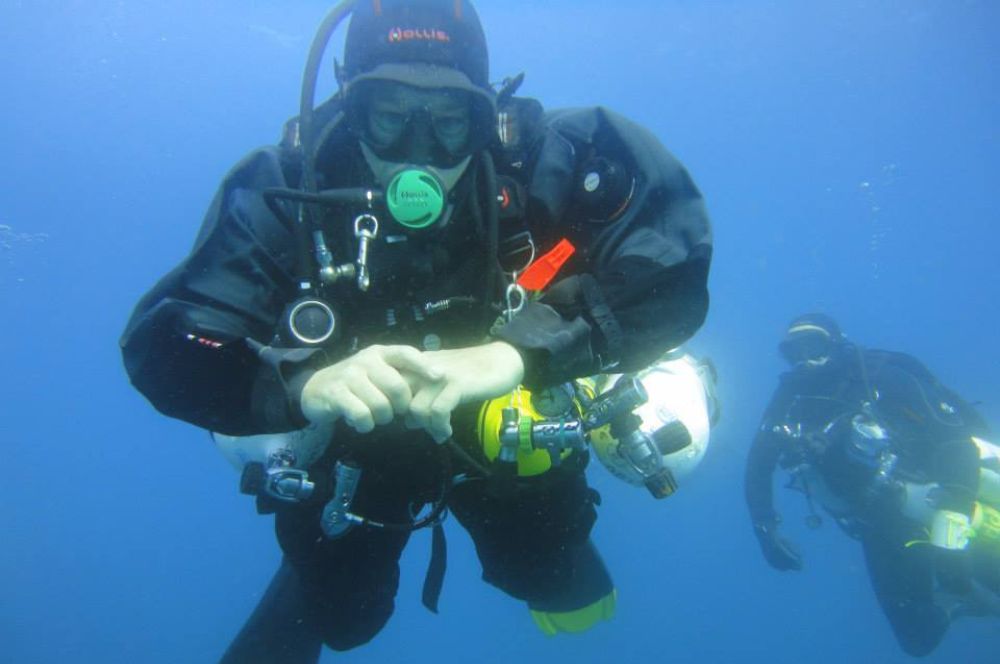
The pressure increases as you descend during a dive, causing your exposure suit to compress and lose buoyancy. To maintain neutral buoyancy, adding air to your BCD during descent and releasing air during ascent is essential.
Additionally, adjusting your weighting system and practising effective breath control techniques can help you manage buoyancy changes due to depth and equipment.
Addressing Anxiety and Relaxation Underwater
Anxiety and relaxation play a significant role in your ability to maintain neutral buoyancy and conserve air during a dive. To address anxiety, practice deep and slow breathing, maintain a horizontal position in the water, and focus on your buoyancy control.
Regular practice of breath control drills and scuba training can help you increase your confidence and relaxation while breathing underwater, leading to a safer and more enjoyable diving experience.
The Impact of Dive Environment on Buoyancy
The dive environment can greatly impact buoyancy control, with factors such as water temperature, visibility, current, and marine life affecting your ability to maintain neutral buoyancy.
Adapting to different water conditions and adjusting buoyancy for cold water diving is essential for maintaining optimal buoyancy control and ensuring a successful dive.
Adapting to Different Water Conditions
To adapt to varying water conditions, modify your weighting system, correctly utilize your BCD, and refine your breath control. Documenting the weights used for each dive can provide a helpful reference when diving in a new location, allowing you to quickly adapt to different water conditions and maintain optimal buoyancy control.
Adjusting Buoyancy for Cold Water Diving
Cold water diving requires adjustments to your buoyancy control to account for factors such as thicker wetsuits, drysuits, and additional equipment. To effectively adjust buoyancy for cold water diving, be patient when adjusting buoyancy, perform a buoyancy check before diving, use weights and BCD for buoyancy control, maintain a warm core body temperature, and practice drysuit skills.
Advanced Buoyancy Techniques
Mastering advanced buoyancy techniques, such as hovering and fin pivots, can further enhance your buoyancy control and diving experience. These techniques offer improved control of buoyancy, enhanced air consumption, and improved dive safety, allowing you to take your diving skills to the next level.
Hovering and Fin Pivots
Hovering and fin pivots are techniques employed in scuba diving to control buoyancy and movement in the water. Achieving neutral buoyancy is the first step in using hovering and fin pivots to control buoyancy. After neutral buoyancy is attained, small adjustments to buoyancy can be made by inhaling and exhaling small amounts of air with the use of the lungs.
Regular hovering and fin pivots practice can lead to enhanced air consumption, improved buoyancy control, and increased dive safety.
Summary
Mastering buoyancy control is the key to unlocking a world of effortless underwater exploration and unforgettable diving experiences. By understanding the science of buoyancy, refining your weighting system, perfecting BCD usage, fine-tuning breath control, and overcoming common buoyancy challenges, you can achieve neutral buoyancy and conserve air, making every dive a safe and enjoyable adventure. So take a deep breath and let the wonders of the underwater world unfold before your eyes.
Frequently Asked Questions
How do you control buoyancy?
Managing buoyancy involves a combination of breath control, weight adjustment and the use of a buoyancy control device (BCD). Breath control is used to make small adjustments to maintain buoyancy, while weight adjustment should be done before entering the water to allow for easy buoyancy adjustments.
Finally, BCDs are used for making fine-tuned adjustments to ensure optimal buoyancy.
How do scuba divers control their buoyancy?
Scuba divers control their buoyancy by using a combination of a Buoyancy Compensator (BC) device, weights, and breath control. By properly adjusting the air in their BC, adding or removing weight, and carefully controlling their breathing, divers can maintain neutral buoyancy in the water.
This allows them to remain submerged for extended periods of time with minimal effort.
Why is buoyancy control important?
Buoyancy control is essential when diving because it allows a diver to maintain an appropriate depth, hover with minimal effort and conserve energy. It also helps to preserve the underwater environment by minimizing the disturbance of sand or sediment on the bottom.
Overall, buoyancy control is important for keeping divers safe and protecting the marine ecosystem.
Is scuba diving better than snorkelling?
For an exhilarating experience and a close encounter with the majestic underwater world, scuba diving is definitely the better option. With more time and freedom to explore and dive deeper than snorkelling, scuba diving can give you a unique and unforgettable marine life experience.
How can I improve my buoyancy control during a dive?
To gain better control of your buoyancy, focus on mastering proper breathing techniques, perfecting your weighting system, and honing the BCD inflation/deflation techniques.
This will help to ensure a safe and enjoyable diving experience.
RELATED POSTS
-
Do piercings affect your scuba diving
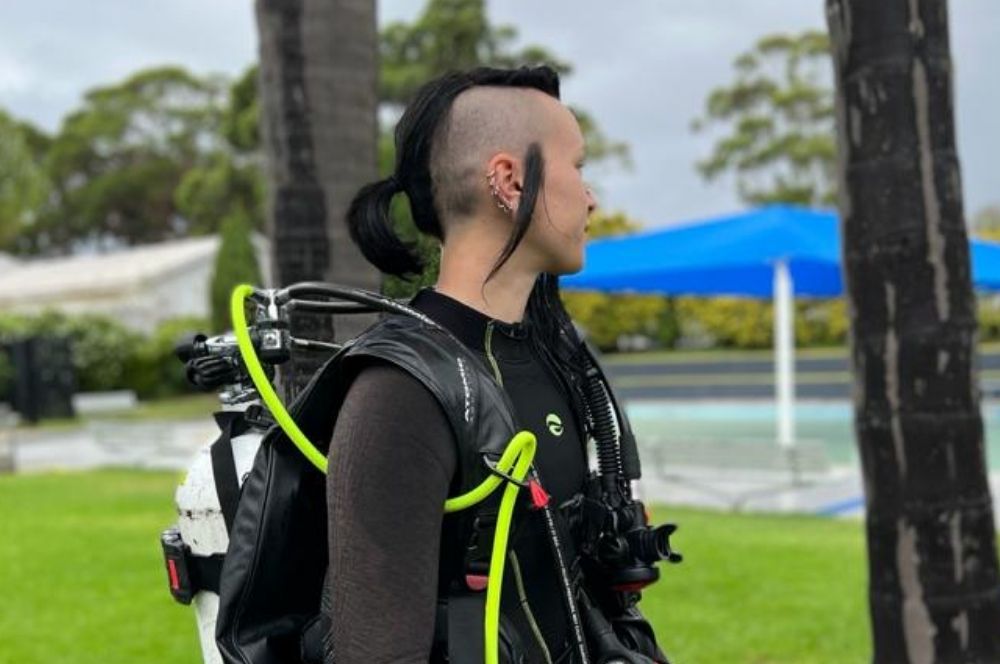
Do piercings affect…
Do piercings affect your scuba diving? Have you ever wondered whether piercings can impact your scuba diving? […] -
How to put on Dive Fins
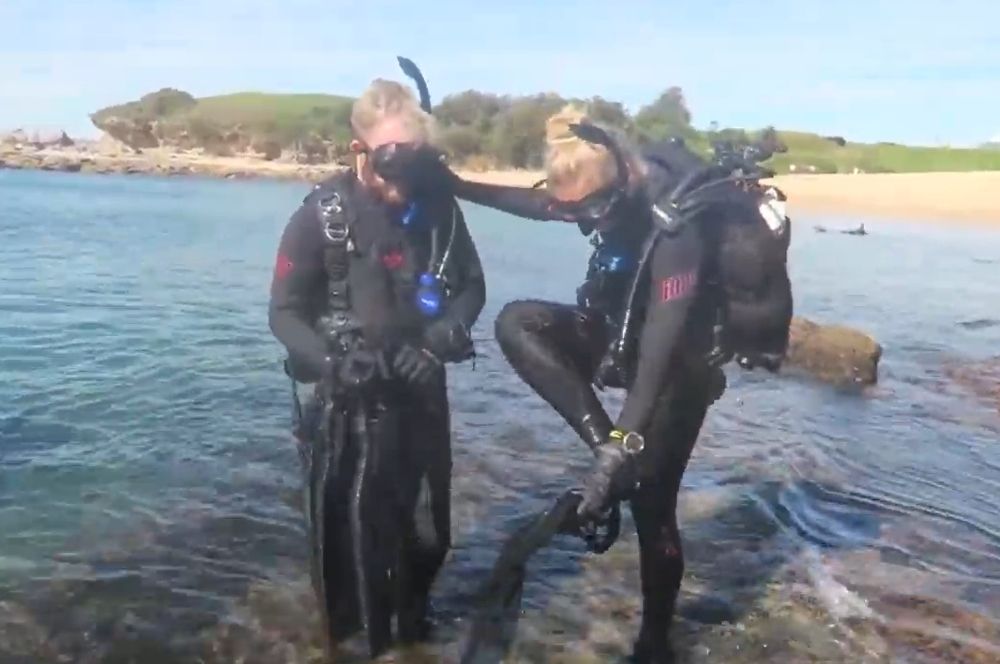
How to put on Dive…
How to put on Dive Fins Paying attention to the correct technique of putting on your fins is one of the most […] -
Bouyancy Control

Bouyancy Control
Bouyancy Control Buoyancy control one of the most important skills to master as a scuba diver, and probably […] -
7 Tips to Avoid Getting Lost While…
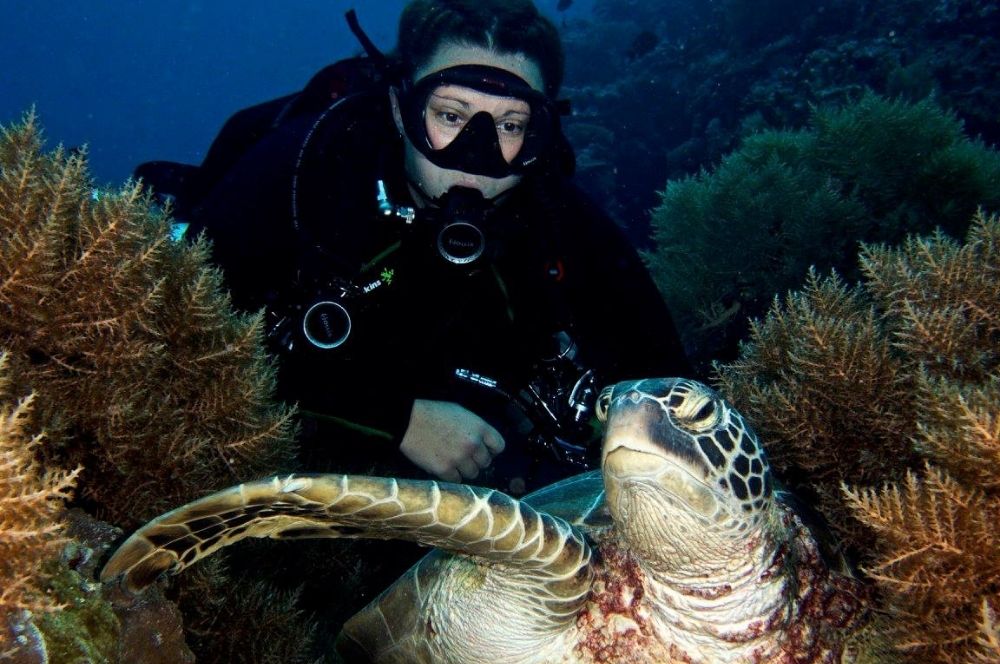
7 Tips to Avoid Getting…
7 Tips to Avoid Getting Lost While Scuba Diving There is no doubt in our expert opinions that divers […]
Recent Posts
